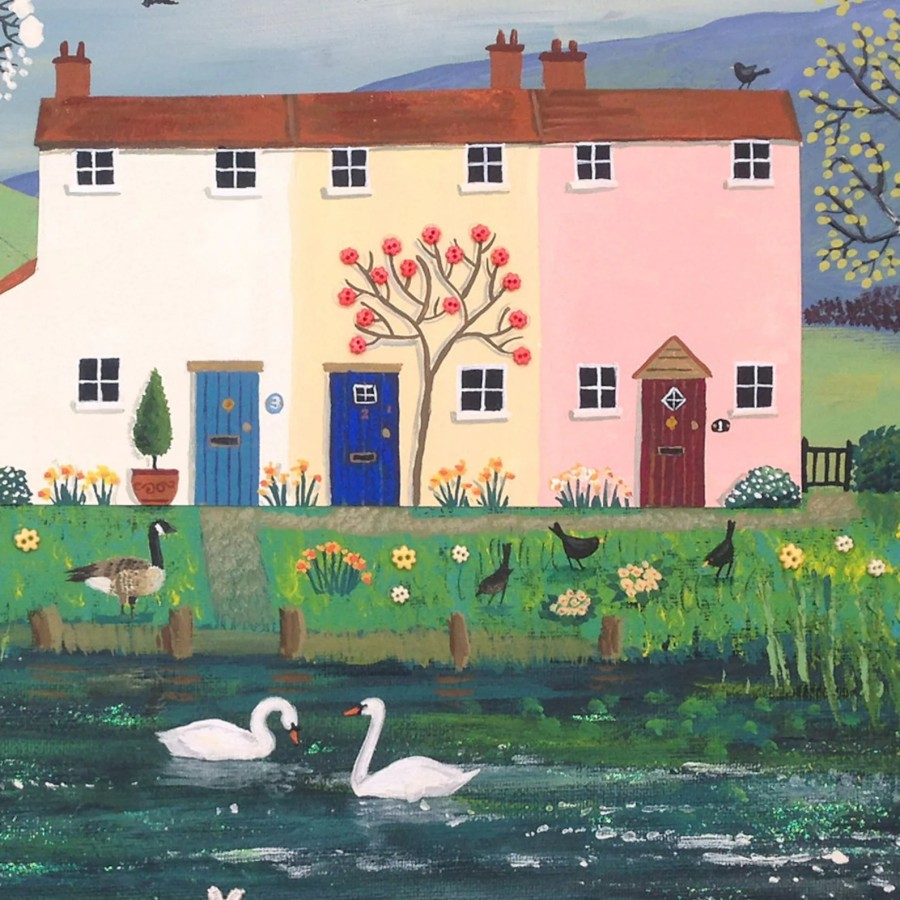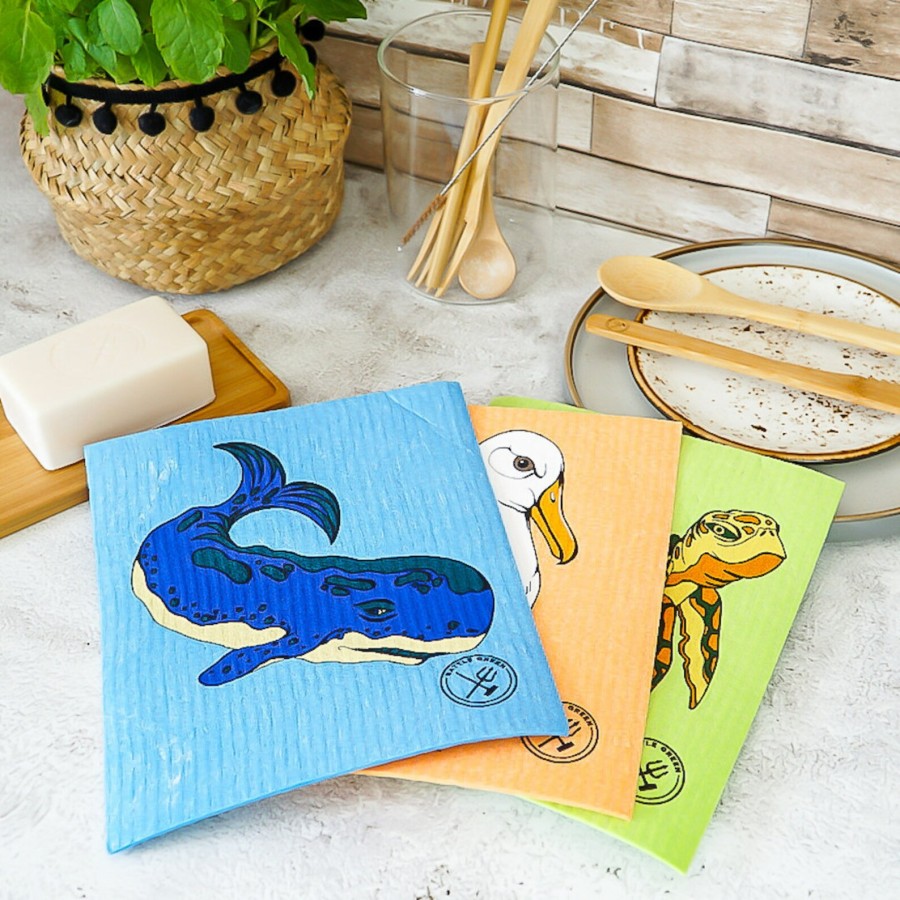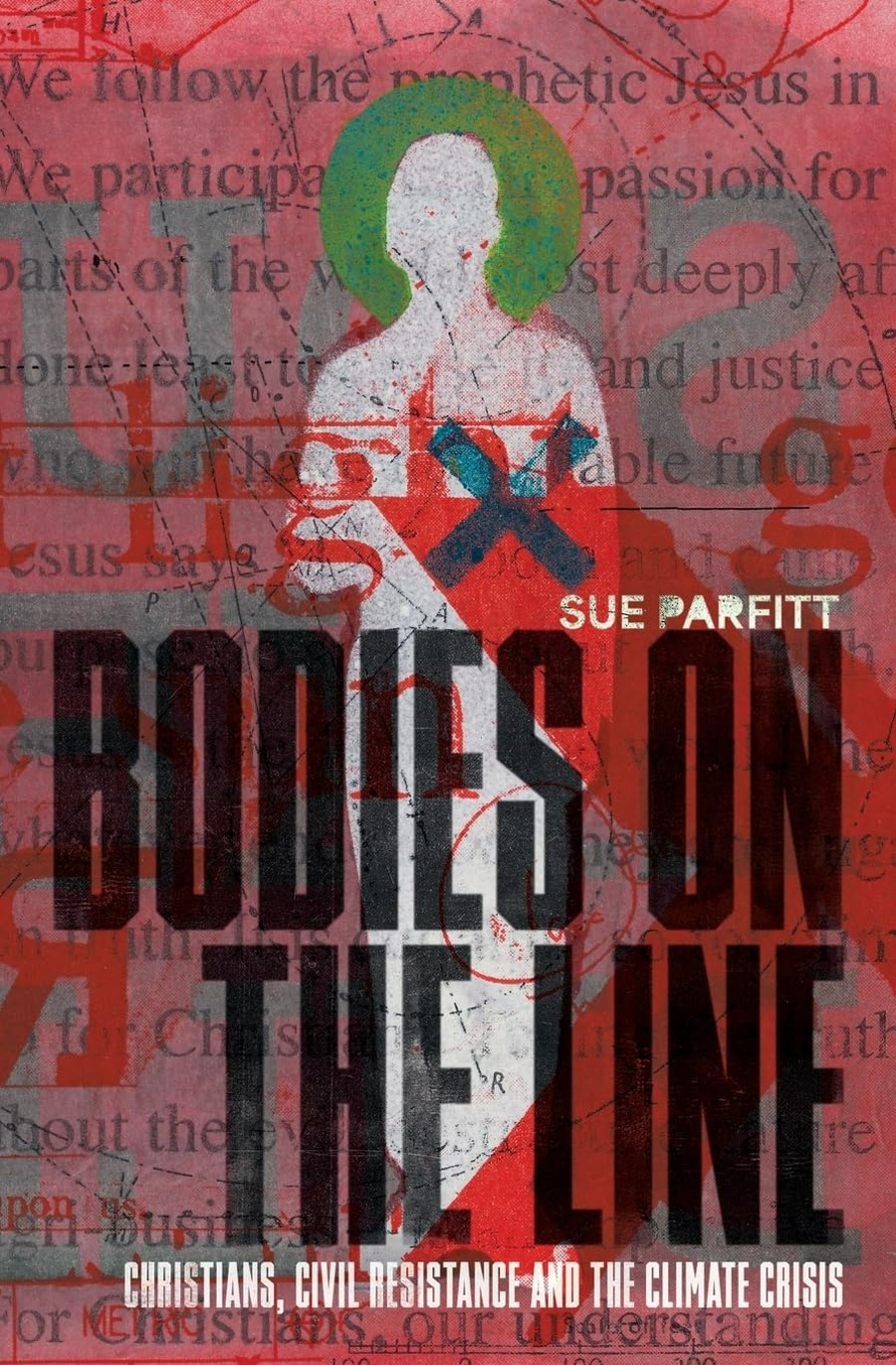
Modern homes are fairly well insulated, but older homes often are very cold in winter, and literally lose a third of bills on heating that just goes outside to warm the fresh air! Insulating your walls, loft and floors can save you several hundred pounds each year in bills, and also cut annual carbon emissions (around a quarter of England’s co2 is from home heating). This is especially important at present, with huge energy price hikes.
You can apply for a government grant if you are on low income (check you are receiving all your benefits as many are going without, and then automatically qualify for other free things). You may also get help if your home is in certain council tax bands or has an energy performance certificate. This applies for homeowners, landlords and tenants (you’ll need the owner’s permission). There are many types of insulation ranging from cavity and solid walls to loft insulation, along with underfloor insulation.
Radflek is easily installed, to help reflect heat back into the room, lasting 60 years thanks to a laminate coating. Easy to install, just clean with a damp cloth now and then, and use sticky hooks to fasten in tricky places. Read faq for safety/installation. Oil-powered radiators are safer than convector heaters (that can overheat old people and dogs).
the greenest types of insulation
- Hempsan is made from hemp (only slightly related to cannabis, it won’t make you high!) This organic plant is good for the planet and gives wonderful insulation properties. Quick and easy to install, it replaces the need for glass, polystyrene or mineral wool and is ideal for external, thermal or acoustic insulation.
- Thermofloc is made from recycled newspaper. Sold in 12kg bags, this loose-fill insulation is combined with mineral fire retardant as a cost-effective way to insulate horizontal surfaces like floors and lofts. It absorbs nearly a third of its weight in moisture, and stays dry to touch, and also does not produce suitable habitats for rodents.
- Building with Straw Bales is by England’s top expert (a woman!) showing how to build these naturally-insulated and very cheap homes. It covers the benefits of building with straw bales, lime & clay plasters, along with planning regulations.
a glazing alternative for heritage homes
CosyGlazing is an affordable lightweight alternative to glass , which is easy to remove and approved for most sash windows, to reduce heat loss by 70%. It adds a second layer, but you can still open the windows as usual. Approved for Grade 1 and 2 listed buildings, it can be removed for cleaning, as it’s fixed with high-tech magnetic strips and be made to match colours. Plexiglass is shatterproof, and seven times more insulating than glass.
The company cofounder Mukti Mitchell has a website Carbon Savvy that you can work through to massively reduce heating loss, using the free carbon calculator. Here’s what he thinks about energy and old buildings:
With a third of UK emissions caused by heating draughty buildings, we’re in dire need of a retrofitting revolution. Britain has 27 million homes, so if we knocked them all down and built new ones, it would take 270 years. Our old buildings are also an important part of our national heritage and beauty. Retrofitting insulation gives people jobs, is far less expensive and uses fewer new materials. Can you imagine how many trees it would take, to rebuild 270 million windows? Insulation can save owners of older homes over £1000 a year.
This company would like to insulate Buckingham Palace and National Trust buildings. And also help churches and other unique architectural gems that presently spend a fortune on energy bills. Many listed buildings have thatched roofs, which use a skilled method that 40 years with good maintenance (also a good insulator). Pretty safe if you follow fire prevention advice – do regular chimney checks, mend cracked bricks and follow log-burner fire safety advice. Never light bonfires or release fire lanterns nearby (read tips to prevent thatched roof fires).
got birds nesting in your roof or chimney?
Many birds nest in chimneys, so don’t install insulation until you’re sure they have moved on. Crows like to nest in the same chimneys each year, and some can fall to the ground or die of heat (it’s illegal to light fires if you know crows are nesting, so use a qualified sweep at end of each summer). Experts recommend chimney cowls and chimney caps which also help prevent smoke blowing back into your home. Install correctly so oxygen can circulate.
Bird spikes deter some birds, but clever crows often take them away to use as material for building nests. Signs of nesting crows in chimneys include twigs, grass, leaves and hair falling into fire grates. Use gloves if removing bird droppings.
To deter unwelcome crows from gardens (stealing eggs, making a noise) know this is nature. If you don’t want them (say you have cats), keep food and rubbish sealed to avoid scavenging. And keep feline friends indoors at dawn and dusk.
Found a baby crow or raven? Like all birds, observe for up to an hour, as likely parents are watching and still feeding chicks. If not, place young crows in a high tree and observe. If the bird is injured or the parents don’t return (or if the bird has few/no feathers so is too young to stay in the tree), call your local wildlife rescue.





